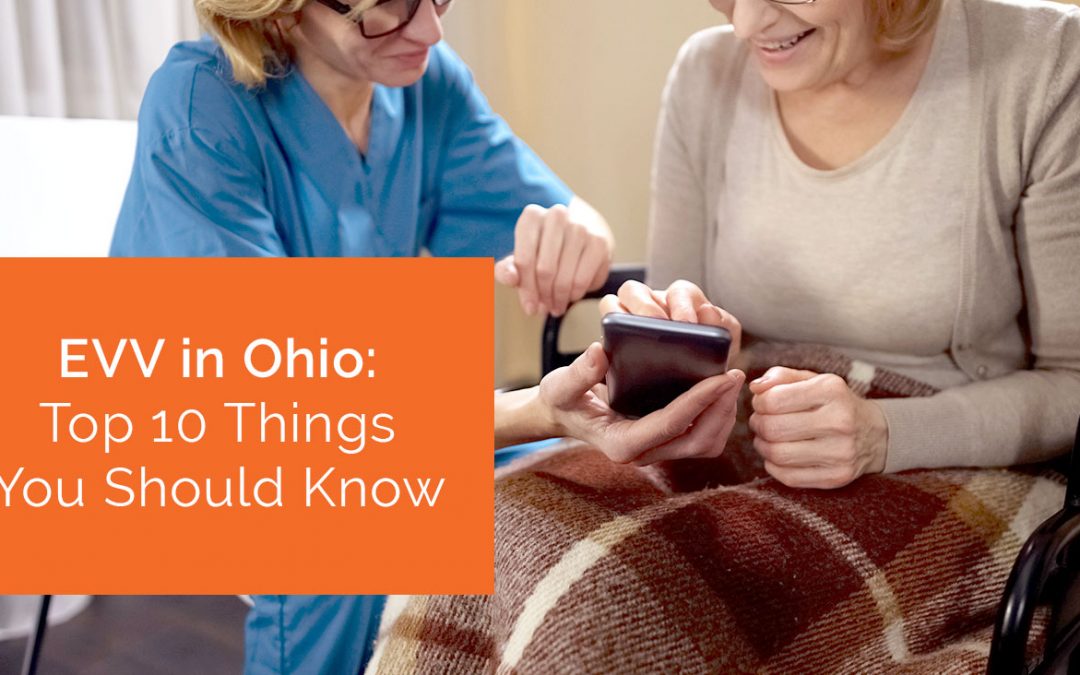If there was ever any question about the value of health care at home, they are being put to rest by the recent news that the Independence at Home (IAH) demonstration project. Under this demonstration, individual Medicare beneficiaries with chronic conditions receive their primary health care at home – a move that is proving to save 10 times as much money as accountable care organizations.
In fact, the IAH demonstration has been so successful that Congress approved a two-year extension of the project (with a few key changes) in February. By doing so, they acknowledge the value of home health care – and an understanding of the value it holds to those patients who wish to age in place.
IAH Results Summarized
The Independence at Home demonstration began on June 1, 2012 with 14 individual practices and consortia, and a cap of 10,000 patients. Under the terms of the demonstration, Medicare beneficiaries could qualify for the program if:
- They had two or more chronic conditions
- They needed assistance with two or more functional dependencies
- They were admitted to the hospital for a non-elective reason in the previous 12 months
- They had received acute or subacute rehab services in the previous 12 months
Those patients who qualified for the demonstration received primary care services in their homes, tailored to their individual needs and preferences.The services could be delivered by physicians, physician assistants, nurses, pharmacists, social workers, home health and others, with the idea being that the improved quality of care promised by these visits would reduce the costs of care while also improving outcomes.
According to the report published in the Journal of the American Geriatrics Society, the demonstration was successful. According to an analysis of the results from 2012 and 2013 (the only two years that have been made public), the demonstration saved about $2,7900 per patient in the first two years of the program. Overall, the projected savings of the IAH program are expected to be anywhere from $2.6 billion and up over 10 years, depending on how many beneficiaries join the program over time.
The report on the demonstration makes a clear case for expanding the program. The study authors note that if 35 percent of Medicare beneficiaries enroll in IAH or one of the other alternative payment models over the next 10 years, the savings would actually exceed all existing projections. In addition, the authors argue, expanding the cap to 50,000 beneficiaries could result in an additional $46 million in savings. Under the terms of the extension, the program was only increased from 10,000 participants to 15,000 participants; there is some speculation, however, that if the program becomes permanent, it could be available to all qualifying Medicare beneficiaries.
Why the IAH Was Successful
Proponents of the IAH demonstration say that the program was so successful because it focuses on a high-risk, high-cost segment of the population. Whereas ACOs work with a broader swath of the population, there is less opportunity to focus efforts on specific actions that can reduce costs. Simply giving doctors the chance to spend more time with a patient and identify environmental factors that are effecting their health, for example, or identifying the barriers to medication management, go a long way toward improving outcomes.
However, there is a significant issue that providers see with the program going forward, and that’s staffing. A number of experts note that there simply aren’t enough providers to continue the home-based model, and that the current savings sharing payment model doesn’t cover the cost of growing staffs to meet demand. Currently, participating providers share the cost savings from the demonstration, with the first 5 percent of savings going to CMS. Funneling that money back into the reimbursements for IAH providers could help with that shortfall. Without providing those incentives, physicians say, it’s going to be all but impossible to expand the IAH in any meaningful way.
The Role of Home Health
The success of the Independence at Home demonstration only serves to support what home health agencies and others have known for some time: home healthcare can, and does, save money. Multiple studies over the last five years have shown that home health care reduces hospital readmissions and improves patient outcomes, especially for patients with chronic conditions. When armed with the right tools, including the best home healthcare software, home health providers are an integral part of the health care team.
As more numbers become publicly available, expect to see more about the IAH program and more discussion about how it will benefit Medicare beneficiaries going forward. In the meantime, check out Complia Health’s extensive resource library to learn more about how you can position your agency for growth and efficiency in the coming years.




